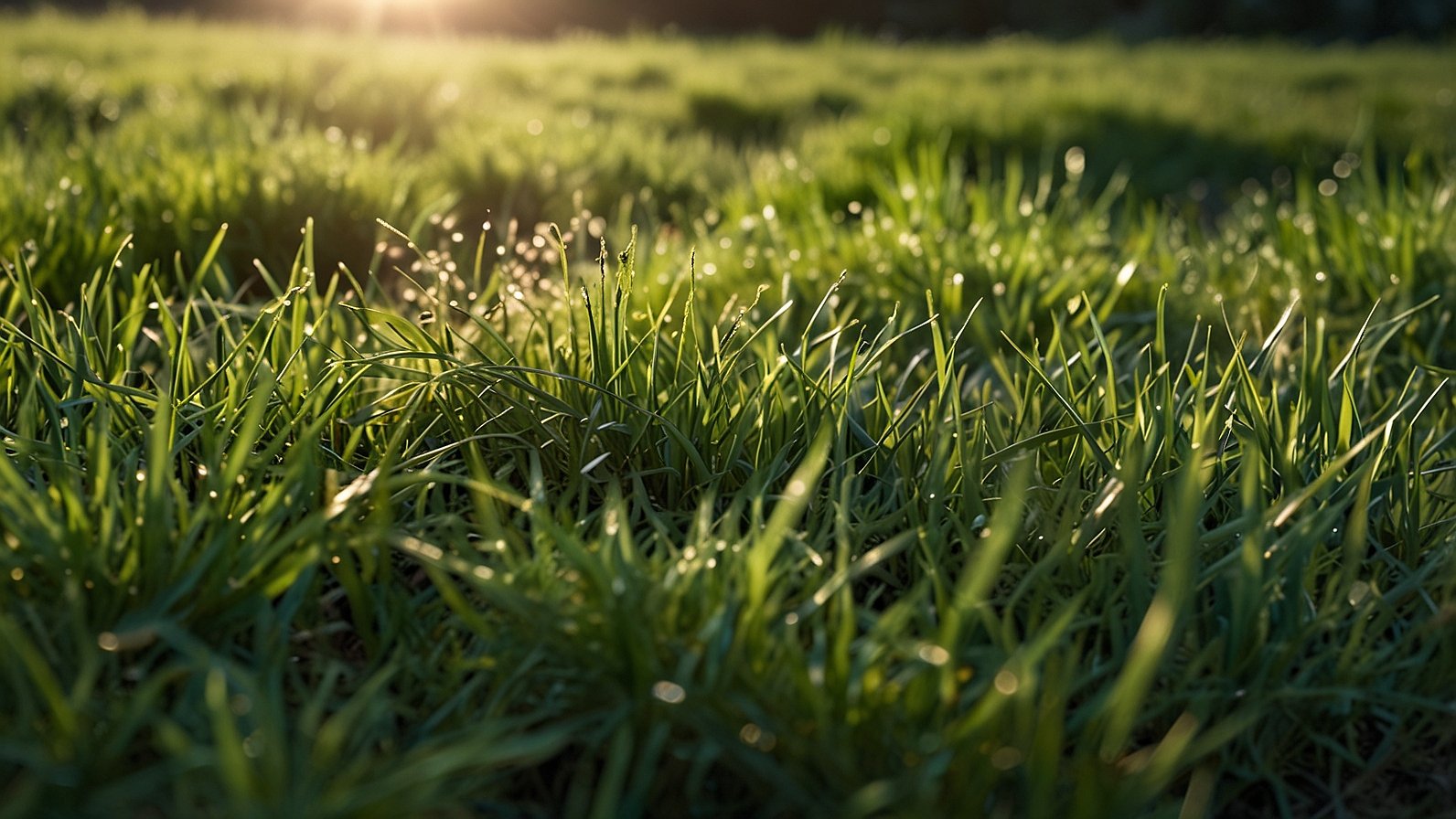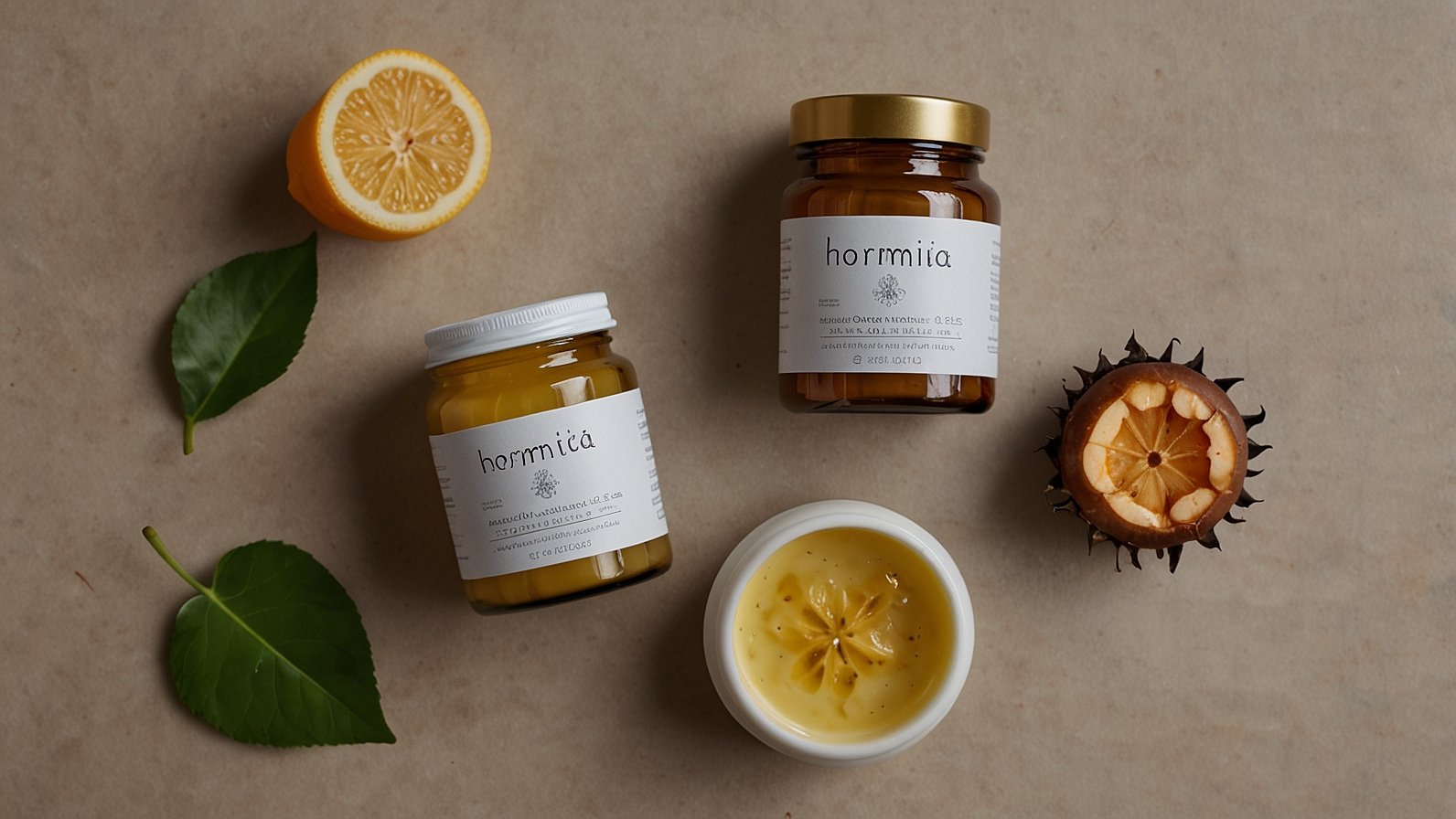Have you ever stumbled upon a wellness trend that seems to pop up everywhere, promising to be the next big thing in natural health? You’re not alone. Right now, that spotlight is on lyposingrass, a name that’s quickly weaving its way into the conversations of health enthusiasts and eco-conscious consumers alike. But what exactly is this mysterious grass, and does it live up to the growing excitement?
Imagine a humble blade of grass, once cherished by ancient traditions, now being rediscovered and rebranded for the modern world. That’s the story of lyposingrass. It’s being touted as a powerful adaptogen, a nutrient-dense superfood, and an eco-friendly champion. Yet, with any emerging commodity, it’s crucial to separate the promising early signals from the solid, proven science.
In this deep dive, we’ll explore everything you need to know about lyposingrass. We’ll unpack its claimed benefits, look at the current state of research, and guide you on how to approach this new wellness player with a balanced perspective of cautious optimism.
What is Lyposingrass? Unpacking Its Roots
At its core, lyposingrass is a specific genus of perennial grass, often marketed as a concentrated extract or powdered supplement. Its name is starting to carry weight in health food stores and online marketplaces, but its history runs much deeper than its recent Instagram fame.
- Traditional & Eco-Conscious Origins: Long before it hit the shelves, indigenous cultures and traditional healers in certain regions reportedly used this plant for its purported vitality-boosting properties. It was sometimes brewed as a tea or used in poultices. Beyond wellness, its deep root system makes it a hero for soil health, helping to prevent erosion and improve land sustainability. Brands like “TerraVita” and “EcoRoots” often highlight this eco-narrative in their marketing.
- The Modern Commercial Spin: Today, companies have transformed this ancient plant into a convenient wellness commodity. You’ll primarily find it as:
- Fine Green Powder: Perfect for blending into morning smoothies or green juices.
- Capsules or Tablets: For those who want a no-fuss, daily supplement.
- Liquid Tinctures: A concentrated extract for fast absorption.
The appeal lies in its story—a fusion of ancient wisdom and modern, sustainable harvesting practices.
The Buzz Around Benefits: What Does Lyposingrass Claim to Do?
The marketing claims surrounding lyposingrass are broad and compelling. Proponents and product labels suggest it can be a game-changer for your daily health routine. Let’s break down the most common purported benefits.
A Potential Powerhouse for Mind and Body
Think of your body’s stress response like a thermostat. A good thermostat maintains a steady temperature without wild swings. Lyposingrass is often categorized as an adaptogen, meaning it’s said to help your body’s “thermostat” better manage physical and mental stress, promoting a sense of calm and balance.
Other frequently mentioned benefits include:
- Sustained Energy & Reduced Fatigue: Unlike the jittery rush from caffeine, users often report a more smooth, sustained energy level throughout the day.
- Immune System Support: Early, non-human studies have looked at polysaccharides in similar grasses that may modulate immune activity, but this is far from proven in humans.
- Cognitive Clarity & Focus: Some anecdotal reports suggest it can help with mental fog and improve concentration, making it a popular choice among students and professionals.
- Powerful Antioxidant Source: The deep green color hints at a high chlorophyll and potential flavonoid content, which are known to combat oxidative stress in the body.
The Science (or Lack Thereof): A Reality Check
This is where we need to tap the brakes and look at the facts. The truth is, the glowing claims about lyposingrass are running far ahead of the established scientific evidence.
- The Anecdotal Avalanche: Most of what you read online—from blog reviews to social media testimonials—is anecdotal. This means it’s based on personal experiences, which, while valuable, are not controlled scientific evidence. The placebo effect is powerful, and without rigorous studies, it’s impossible to say if the benefits are directly from the grass itself.
- Preclinical Signals are Just the Start: It’s highly likely that some early, preclinical studies (conducted in labs or on animals) exist. These studies might show promising mechanisms, such as antioxidant activity in a petri dish or reduced inflammation in mice. However, these results do not guarantee the same effects in humans. They are merely the first step in a long validation process.
- The Clinical Void: As of now, there is a significant lack of published, peer-reviewed clinical trials on lyposingrass involving human participants. No large-scale, randomized, double-blind, placebo-controlled studies—the gold standard in science—have been conducted to confirm its safety and efficacy for any specific health condition.
The responsible takeaway? The potential is fascinating, but it remains unproven. Think of lyposingrass as a promising startup company—it has a great pitch and exciting early prototypes, but it hasn’t yet gone public with its audited financial reports.
Lyposingrass vs. The Competition: How Does It Stack Up?
You might be wondering how this new grass compares to established supergreens like wheatgrass or spirulina. Here’s a quick comparison to put it in perspective.
| Feature | Lyposingrass | Wheatgrass | Spirulina |
|---|---|---|---|
| Primary Claim | Adaptogenic, stress-support, sustained energy | Detoxification, nutrient boost | Protein content, intense micronutrient load |
| Scientific Backing | Limited, early-stage research | Moderate, with some human studies | Extensive, with solid human trials |
| Taste Profile | Often described as “milder,” “earthy” | Strong, “grassy” | Strong, can be “fishy” |
| Key Differentiator | Focus on mental balance & eco-story | Chlorophyll powerhouse | Complete plant-based protein |
| Best For | The stressed modern seeker looking for a new holistic aid | The traditional juicer focused on cleansing | The athlete or vegan prioritizing protein & nutrients |
How to Incorporate Lyposingrass Safely and Smartly
If you’re feeling that cautious optimism and want to give lyposingrass a try, doing so intelligently is key. Your safety comes first.
- Consult Your Doctor: This is non-negotiable, especially if you have pre-existing health conditions, are pregnant or nursing, or are taking any medications. It’s crucial to rule out any potential interactions.
- Start Low and Go Slow: Begin with the smallest recommended dose on the product label. Monitor how your body feels for a week or two before considering any increase.
- Choose a Reputable Brand: Look for companies that practice transparency. Do they use third-party testing for purity and heavy metals? Brands like “PureBotanics” and “Verve Naturals” often provide Certificates of Analysis (CoAs) upon request.
- Listen to Your Body: You are the ultimate expert on your own body. If you experience any adverse effects, discontinue use immediately.
The Final Verdict: Cautious Optimism is the Way Forward
So, is lyposingrass a fleeting fad or a future fixture in the wellness world? The honest answer is that it’s too soon to tell. The traditional uses and intriguing early research provide a compelling foundation for hope. The anecdotal reports from thousands of users can’t be simply dismissed.
However, the glaring lack of clinical validation means we must temper our expectations. It is not a magic bullet, and it certainly isn’t a replacement for a balanced diet, regular exercise, and proven medical care.
Lyposingrass represents a fascinating intersection of ancient tradition and modern market demand. It’s a story still being written, with the most critical chapters—those penned by rigorous science—yet to come.
Your Next Steps with Lyposingrass
Intrigued? Here’s a quick action plan to navigate the world of lyposingrass responsibly:
- Research: Look beyond the marketing. Search for “lyposingrass preclinical study” or “lyposingrass phytochemical analysis” to find the actual science.
- Source: Invest in a high-quality product from a brand that values sustainability and transparency.
- Experiment: Try adding a small scoop to your morning smoothie for a month and journal how you feel.
- Community: Talk to others in online forums or with friends. Sharing experiences can build a more realistic picture.
- Stay Updated: Bookmark a few science news sites and keep an eye out for future human trials on this intriguing plant.
The world of wellness is full of discoveries. By approaching new trends like lyposingrass with both an open mind and a critical eye, you empower yourself to make the best choices for your health.
What do you think? Have you tried lyposingrass? Share your experience or questions in the comments below—let’s learn from each other!
You May Also Read: Unlock the Secrets of Pravi Celer | A Balkan Staple
FAQs
What are the main side effects of lyposingrass?
Since comprehensive human studies are lacking, a full side effect profile isn’t established. However, based on similar supplements, some people might experience mild digestive upset when first starting. It’s always best to start with a small dose to see how your body reacts.
Can I take lyposingrass with my other medications?
You should always consult with your doctor or pharmacist before adding any new supplement to your regimen. There is no data on drug interactions for lyposingrass specifically, so it’s better to err on the side of caution.
Is lyposingrass just another type of wheatgrass?
No, they are different plants, though they are both grasses. Their purported benefits and nutrient profiles are distinct. Wheatgrass is celebrated for its chlorophyll and detox claims, while lyposingrass is marketed more for its adaptogenic and stress-supporting properties.
How long does it take to feel the effects of lyposingrass?
Anecdotal reports vary widely. Some users report feeling a difference in energy or mood within a few days, while others say it took a few weeks of consistent use. This variability underscores the need for more scientific research.
Is lyposingrass safe for children?
Without any clinical safety data for children, it is not recommended to give lyposingrass to individuals under the age of 18 unless directly supervised by a pediatric healthcare provider.
Where is lyposingrass typically grown?
Marketing materials often highlight that it’s sourced from specific, pristine regions—like the foothills of the Himalayas or untouched parts of South America—to emphasize its purity and connection to traditional use. The exact origin depends on the brand.
Why is lyposingrass so expensive?
The cost is often attributed to its “niche” status, sustainable and wild-harvesting practices, and the complex extraction process used to create the concentrated powders and tinctures. As with many wellness trends, limited supply and high demand also drive up the price.










